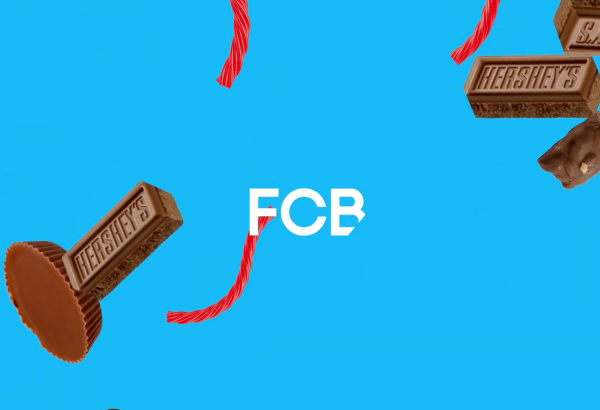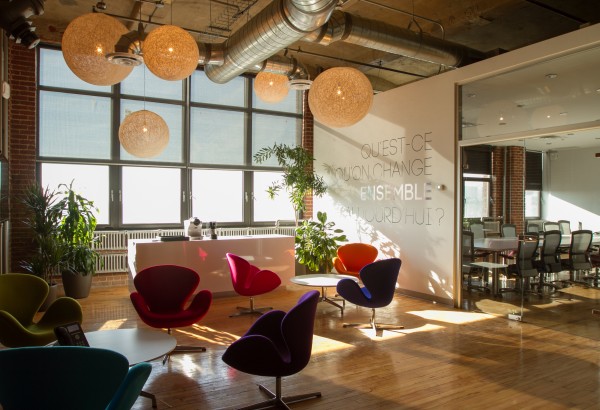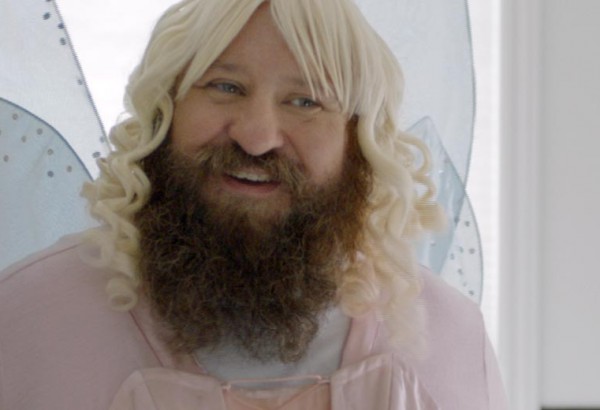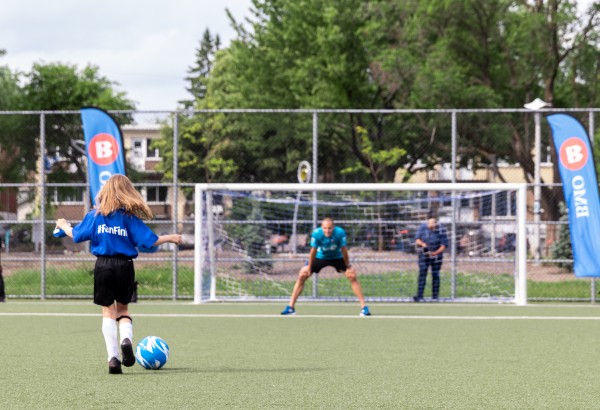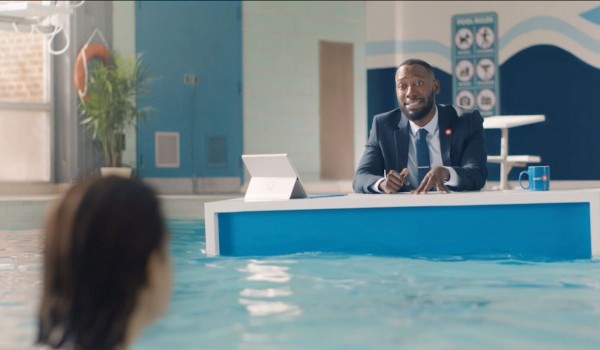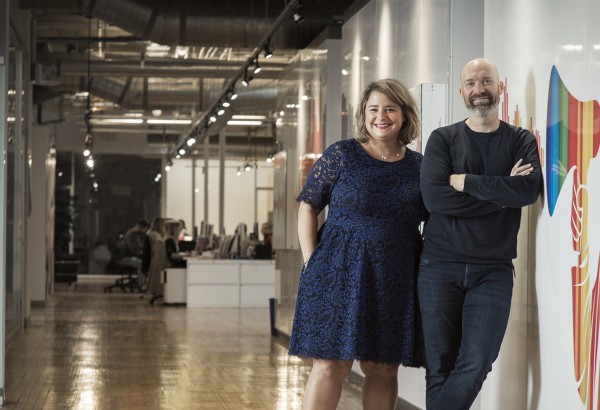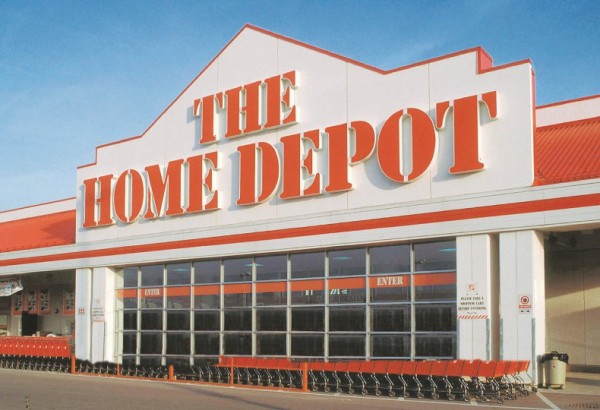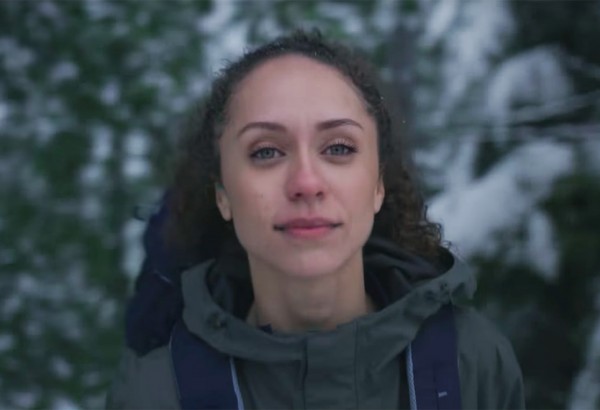Article – FCB Montréal at SXSW
28 Mar 2018
FCB Montréal headed to SXSW this year to find new sources of inspiration. One president, one strategist, and two creatives were in attendance, returning home with different viewpoints on what trends stood out most for them.








